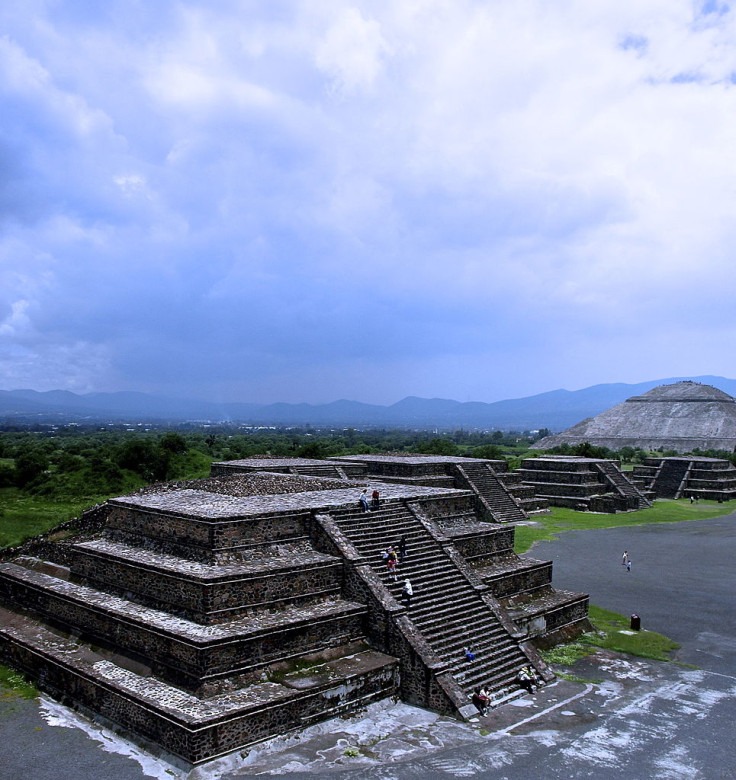Teotihuacan People in Mexico Drank Alcoholic Probiotic Milk to Stay Healthy

An ancient civilisation living in Mexico thousands of years ago drank an alcoholic probiotic milk they concocted from the sap of an agave plant to stay healthy, scientists have said.
People from Teotihuacan, the biggest city in the prehistory of Mexico, lived mostly on maize and beans. However, poor rainfall and the high altitude in which they lived often led to crop failures.
As a result, they had to consume a special alcoholic drink - fermented agave sap. According to Science magazine, this was a "distinctly mucus-y beverage" made from the sap of a mature agave plant, which was then left for several days to ferment.
The drink was known to have been popular among the Aztecs, but it was not known if it had been used in the earlier civilisation in Teotihuacan.
Archaeologists studying the city, however, have since found several pottery samples that confirm the drink's existence in the city.
The city of Teotihuacan is thought to have been founded about 200BC. It is believed to have collapsed some time in the 7<sup>th or 8<sup>th century following a population decline in the 6<sup>th century due to lengthy droughts. Some experts believe there was an internal uprising, with inhabitants burning structures and dwellings of the ruling class.
Published in the journal Proceedings of the National Academy of Sciences, samples taken from the pottery show a bacterium that would have been a key ingredient in the agave drink – or pulque as it is known.
Researchers believe that instead of getting drunk on the pulque, it was seen as a notorious and filling drink that was an important dietary supplement for the city's people.
"This research provides the earliest direct chemical evidence for the production of alcoholic beverage pulque in Mesoamerica, based on organic residues recovered from pottery vessels from Teotihuacan," the authors wrote.
"Direct evidence of pulque production provides new insights into how the nutritional requirements of Teotihuacanos were sustained in a region in which the diet was largely based on plants and crop failures, due to drought and frost damage, which resulted in frequent shortfalls in staples."
© Copyright IBTimes 2025. All rights reserved.






















